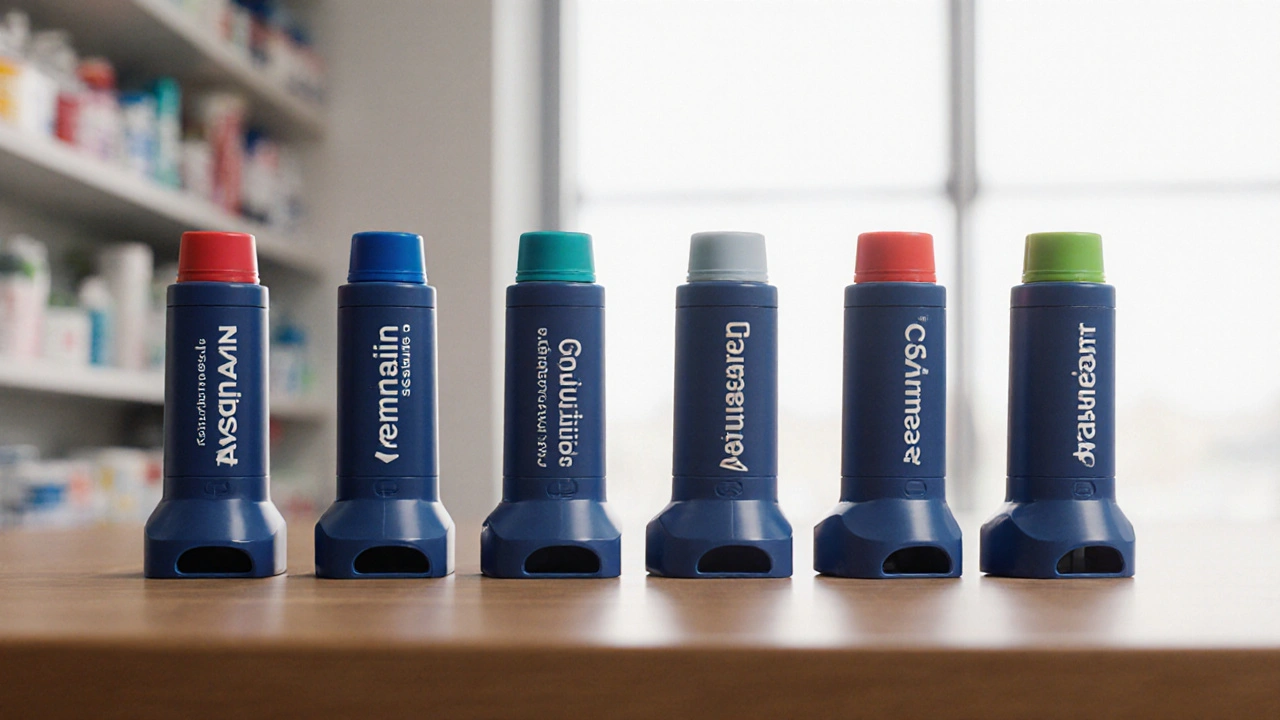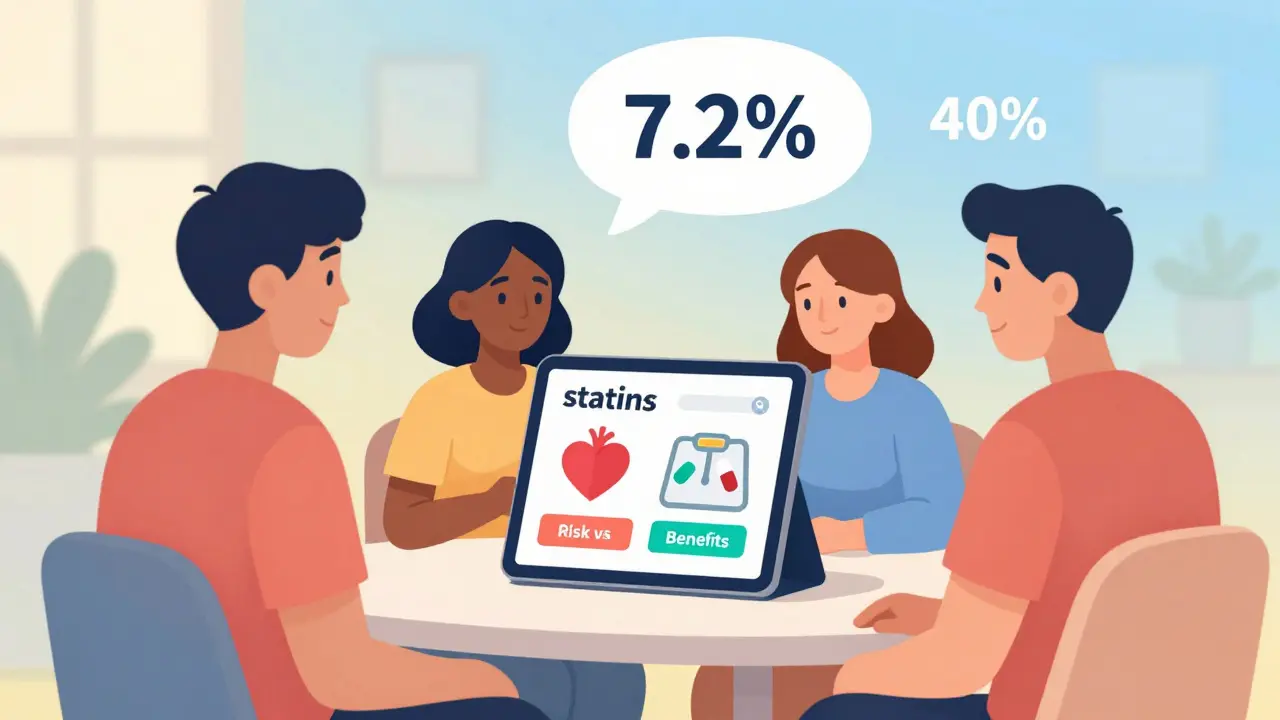Asthalin Inhaler: What You Need to Know
When working with Asthalin inhaler, a fast‑acting salbutamol inhaler used to relieve sudden asthma symptoms. Also known as Ventolin, it delivers a measured dose of medication directly to the lungs. The Asthalin inhaler is a staple for people with bronchial asthma who need a reliable rescue inhaler. Asthma is a chronic inflammation of the airways that can flare up without warning, and a rescue inhaler provides the quick bronchodilation needed to open those airways. In short, Asthalin inhaler encompasses rapid symptom relief and requires correct inhalation technique to work effectively.
How Salbutamol Works and Why Dosage Matters
The active ingredient in Asthalin inhaler is salbutamol, a short‑acting beta‑2 agonist that relaxes airway smooth muscle. When you press the canister, a fine mist of salbutamol reaches the lung’s bronchial tubes within seconds, causing them to widen and making breathing easier. This quick onset (usually 1–3 minutes) is why doctors call it a rescue medication. A typical adult dose is one or two puffs, each delivering 100 µg of drug; children receive a lower dose based on weight. Over‑dosing can trigger tremors, palpitations, or a rapid heartbeat, so the value of precise dosing cannot be overstated. Salbutamol enables rapid bronchodilation, which directly supports the goal of immediate symptom control in asthma attacks.
Beyond the medication itself, the inhaler device matters. Asthalin comes as a metered‑dose inhaler (MDI), which uses propellant to spray a consistent volume of drug. Some users pair the MDI with a spacer – a plastic chamber that holds the aerosol long enough for a deeper inhalation. The spacer reduces oropharyngeal deposition and improves lung delivery, especially for kids or anyone struggling with hand‑breath coordination. If you forget the spacer, the inhaler’s effectiveness drops noticeably, illustrating the connection between device type and therapeutic outcome.
Mastering the inhalation steps is critical. First, shake the inhaler for about five seconds to mix the medication. Then, exhale fully, place the mouthpiece between your lips, and start a slow, steady breath in. Press the canister once at the beginning of the inhale, continue breathing in for another 3–4 seconds, and hold your breath for about ten seconds before exhaling slowly. Repeat if a second puff is required, waiting about a minute between doses. Skipping any of these steps—especially the breath‑hold—lowers drug deposition by up to 40 %. This is why proper inhaler technique requires coordination and timing, and why healthcare providers often demonstrate the method during visits.
Asthma doesn’t happen in isolation; triggers like pollen, dust mites, cold air, or strong odors can provoke an attack at any time. When you travel, these triggers multiply: unfamiliar climates, airline cabin air, and changes in routine all raise risk. The travel guide for bronchial asthma advises packing your Asthalin inhaler in carry‑on luggage, keeping it upright, and bringing a spare inhaler in case of delays. It also recommends identifying asthma‑friendly accommodations and checking air‑quality indexes at your destination. By pairing a reliable rescue inhaler with smart environmental choices, you create a two‑pronged defense against unexpected flare‑ups, showing how trigger management and medication readiness complement each other.
Like any drug, Asthalin inhaler comes with side effects. Most users notice a mild tremor in the hands or a slight racing heart, especially after a higher‑than‑recommended dose. These effects usually fade within 30 minutes. Rarely, some people develop paradoxical bronchospasm—a tightening of the airways instead of relaxation—requiring immediate medical attention. Long‑term overuse (more than two days a week) can signal poor underlying asthma control, prompting a doctor to prescribe a daily inhaled corticosteroid. Understanding these safety signals influences when to seek professional help and helps you keep your asthma under control without relying solely on rescue medication.
Below you’ll find a curated set of articles that dive deeper into related topics—how to buy cheap generic medications safely, what to know about flu antivirals, managing stress‑induced cough, and other health‑focused guides. Whether you’re looking for dosage tips, travel advice, or broader medication safety information, the collection offers practical insights to keep you informed and empowered.






